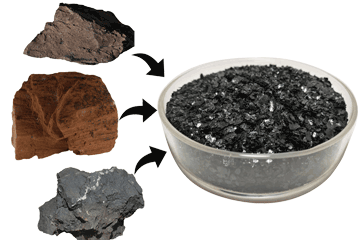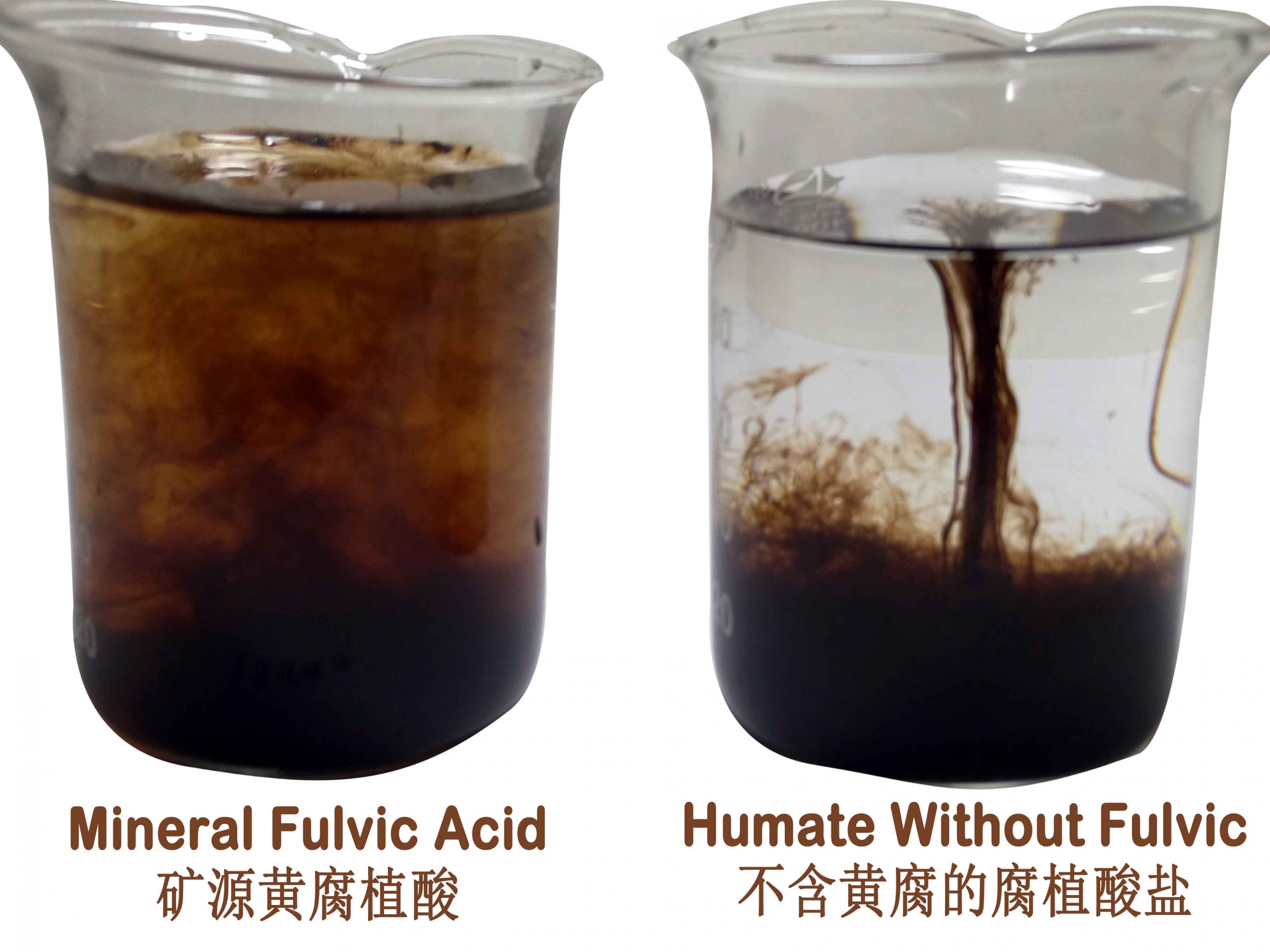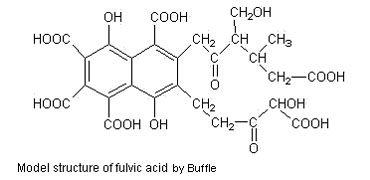If you are not engaged in agriculture or chemical industry, maybe you are very unfamiliar with the name of humic acid. In fact, today when the country advocates supply-side reforms, the sustainable green organic cycle of agricultural production has attracted more and more attention. Today products introduced are closely related to our agricultural production activities. Below we will explain to you what humic acid is and the five major benefits.
1.What is humic acid?
Humic acid refers to the natural polymer organic matter formed by the decomposition and transformation of organisms such as animal and plant residues and geochemical processes. It is mostly extracted from peat, lignite, and weathered coal. It is an excellent organic matter. It comes from the soil and at the same time it is beneficial to the soil. It is worth noting that organic matter is not necessarily humic acid, but humic acid must be the best organic matter.

2. The five humic acid benefits
(1) It can improve the soil
The fertilization methods of heavy inorganic and light organic fertilizers have destroyed the soil structure, reduced soil fertility, soil compaction and salinization, etc., and the soil has become more and more barren by fertilizers. Humic acid, as an excellent organic matter, plays an important role in soil improvement.
After applying to the soil, it can promote the formation of soil aggregate structure, improve the soil structure, and increase the soil’s water retention and air permeability. From the structue, humic acid possesses a variety of functional groups that can adjust the pH of the soil, and fix toxic heavy metals on the soil surface through complexation, chelation, and reduction to reduce the toxicity of heavy metals. In addition, it can also provide sufficient carbon and energy sources for soil microorganisms and improve soil microbial activity.
(2) It has the effect of improving the effectiveness of nutrients
Humic acid can form a complex with urea to achieve the effect of nitrogen control and slow release; mixing with phosphate fertilizer can reduce the fixation of phosphorus by metal ions such as calcium, magnesium and iron, and promote the absorption of phosphorus by roots; The functional groups in HA can absorb potassium ions and prevent the leaching of potassium.
Under the condition of equal nutrients, the utilization rate of humic acid fertilizer is more than 10% higher than that of conventional fertilizers, which is equivalent to a net increase of 30%-40%. It greatly improves the fertilizer efficiency and contributes to the realization of weight loss.

(3) It can also stimulate plant growth
Humic acid can stimulate the physiological metabolism of plants, can promote early germination of seeds, increase the rate of emergence; stimulate the division and growth of extreme meristem cells of the root system, promote rapid rooting of seedlings, more secondary roots, and improve the moisture and nutrient content of the crop absorption.
(4) It can enhance crop resistance
Plants will inevitably encounter adversities such as high temperature and drought, floods, or pests and diseases during their growth. Humic acid can promote plant growth and improve its own resistance. It promotes the synthesis of plant proline and the accumulation of sugar, increases the activity of cytoprotective enzymes such as peroxidase and superoxide dismutase, and adjusts the plants resistance to adversity. Physiological conditions such as cell membrane permeability, transpiration rate, etc., to resist the stress of external adversity.
Studies have also shown that mixing humic acid and pesticides can have a synergistic effect and can effectively reduce the occurrence of some diseases and insect pests. In normal times, a reasonable increase fertilizing containing HA can enhance the resistance of crops and reduce the loss caused by adversity.
(5) It can also improve the quality of plants
Humic acid can complex some insoluble trace elements and promote the absorption, utilization and transportation of these essential trace elements by the root system. It can also promote the activity of enzymes, convert polysaccharides into soluble monosaccharides, increase the synthesis and accumulation of starch, protein, and fatty substances, and accelerate the transfer of various nutrients to fruits and seeds, making the fruits plump, thick and quality.
In addition, it can increase the cell number and cell volume of the swelling part, and the effect of applying it on root crops is obvious; Also can promote the synthesis of wax, cutin and lignin on the surface of the crop, and it can change color during the swelling period of citrus. Periodic application is very important to improve the color and gloss of the fruit.
This article has popularized the content related to what humic acid is and the five major benefits. I hope that the content of the article will be helpful to you. Tomorrow we will use the article “How to choose, buy and use humic acid” to popularize more information for customers.






